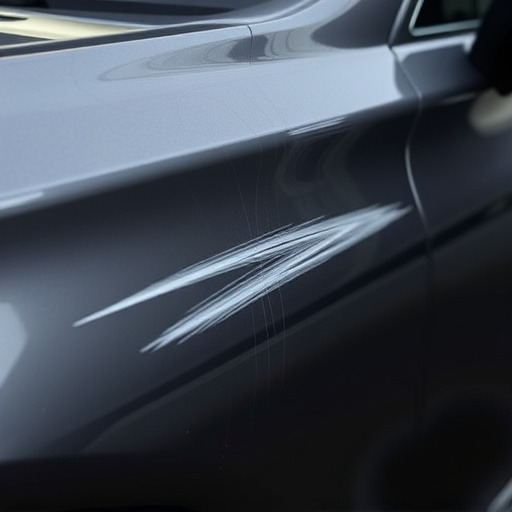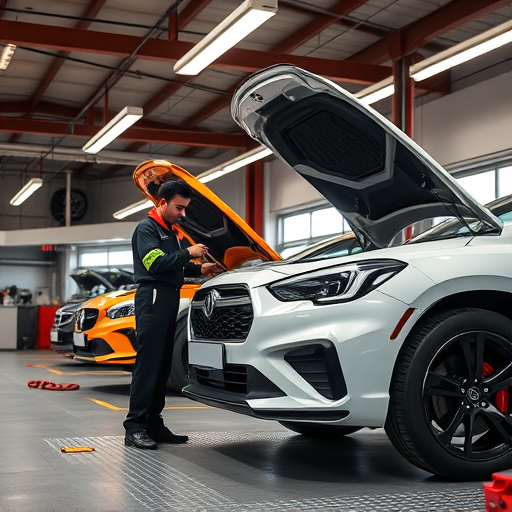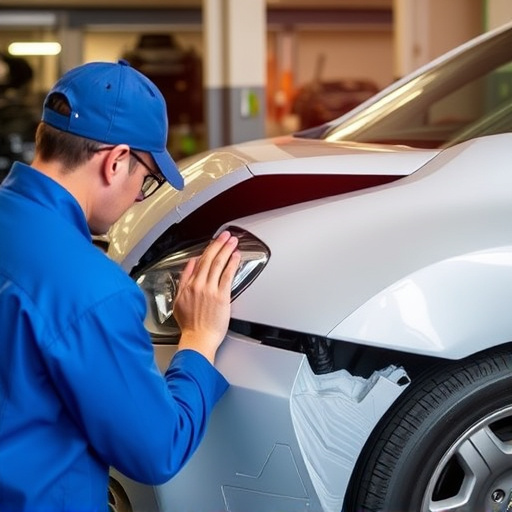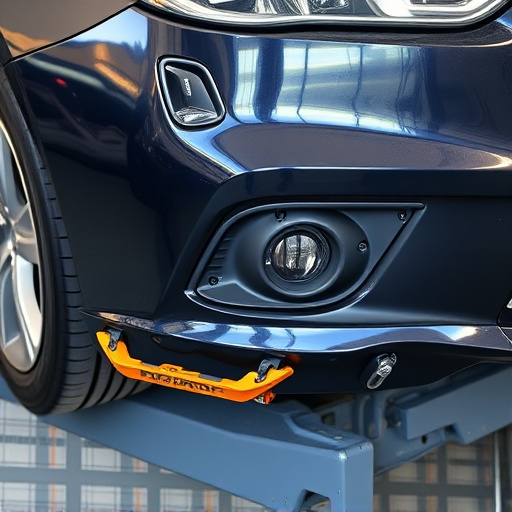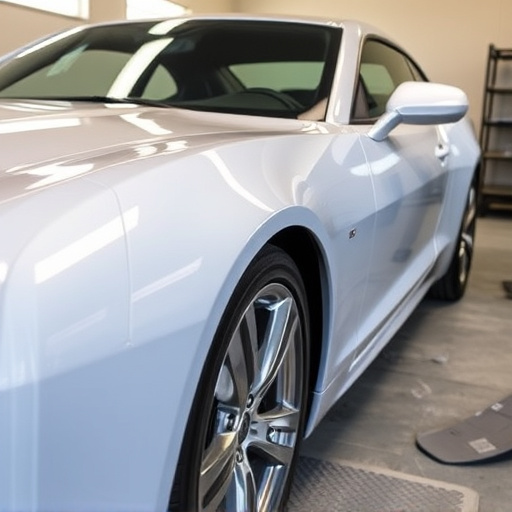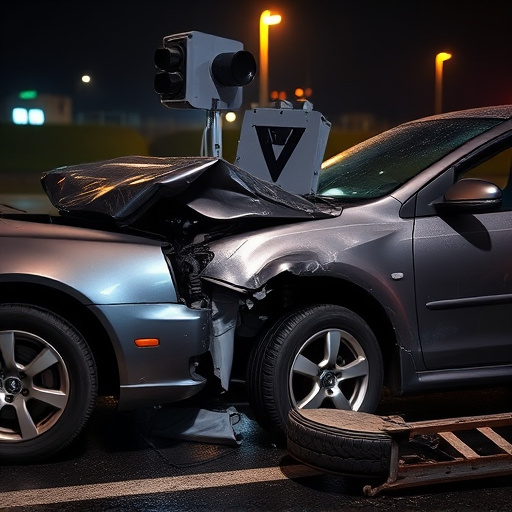Mercedes cars rely on sophisticated sensor systems, including infrared technology, for advanced safety features like thermal imaging and ADAS. Infrared-reflective glass, a distinctive design element, improves energy efficiency but requires careful handling during auto body repairs to maintain sensor performance. Auto experts need to understand the interaction between this glass and Mercedes' sensor integration for optimal functionality and safe driving experiences.
Infrared (IR) technology is reshaping modern vehicle safety and comfort. For luxury car manufacturers like Mercedes, sensor systems play a pivotal role in achieving advanced driver assistance features. This article explores whether Mercedes’ adoption of infrared-reflective glass—a cutting-edge material designed to enhance visibility while blocking IR heat—interferes with these sophisticated sensor systems. We delve into the integration of IR glass within Mercedes vehicles and analyze its compatibility with their state-of-the-art sensors, providing insights for car enthusiasts and industry professionals alike.
- Understanding Mercedes Sensor Systems and Their Functionality
- The Role of Infrared Glass in Vehicle Technology
- Exploring Compatibility: Mercedes Infrared-Reflective Glass and Sensor Integration
Understanding Mercedes Sensor Systems and Their Functionality
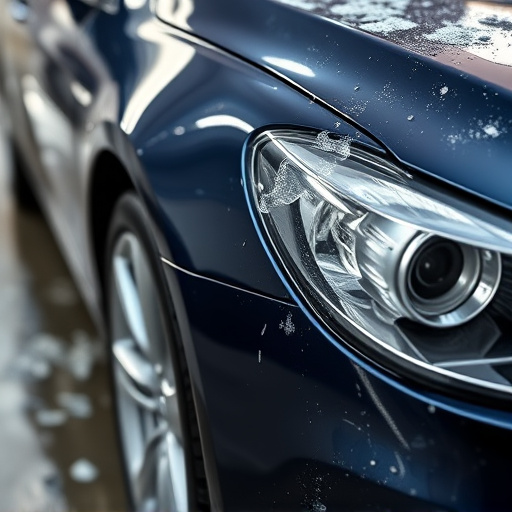
Mercedes cars are renowned for their cutting-edge technology and innovative safety features, a significant portion of which rely on sophisticated sensor systems. These sensors play a crucial role in enhancing driving experience and ensuring the vehicle’s safety. From adaptive cruise control to lane-keeping assist, these systems use a variety of technologies, including infrared light, to detect obstacles and gather data about the surroundings.
Infrared-reflective glass is an intriguing aspect of modern car design, particularly when it comes to Mercedes vehicles. While this type of glass offers numerous benefits such as improved energy efficiency and enhanced comfort, its impact on Mercedes sensor systems deserves careful consideration. Auto body shops specializing in car restoration or auto collision repair will often encounter this unique glass during their work. Understanding how infrared-reflective glass interacts with these sensors is vital to ensure optimal performance and functionality within the vehicle’s system, especially when undergoing repairs or modifications.
The Role of Infrared Glass in Vehicle Technology

Infrared glass, a cutting-edge material with unique properties, is increasingly becoming an integral part of modern vehicle technology, particularly in luxury car brands like Mercedes. This advanced type of glass is designed to block infrared radiation while still allowing visible light to pass through, offering numerous benefits for automotive applications. By integrating Mercedes infrared-reflective glass into their designs, auto manufacturers can enhance safety and performance across various sensor systems within the vehicle.
Infrared technology plays a crucial role in many modern car features, from thermal imaging cameras used for night vision and pedestrian detection to advanced driver-assistance systems (ADAS) that rely on infrared sensors for lane departure warning, adaptive cruise control, and parking assistance. The reflective properties of this glass ensure that these sensors can operate effectively without interference, contributing to safer and more efficient auto repair services and overall vehicle performance. This advancement in automotive repair is a testament to how innovative materials are reshaping the landscape of transportation technology.
Exploring Compatibility: Mercedes Infrared-Reflective Glass and Sensor Integration
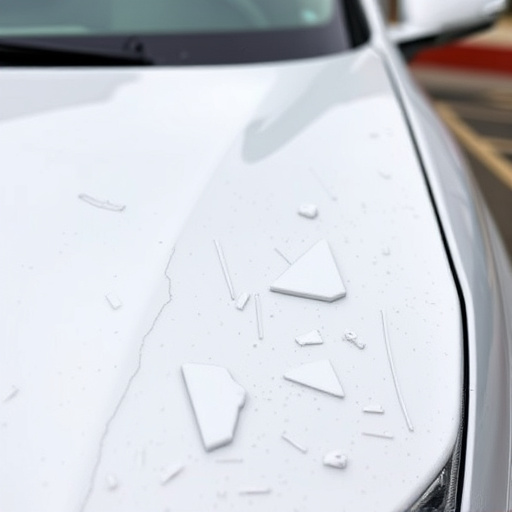
Mercedes vehicles are renowned for their cutting-edge technology, especially when it comes to safety features. One innovative addition is the use of infrared-reflective glass, designed to enhance driver visibility while ensuring optimal performance of various sensor systems. When considering the compatibility of such advanced glass with Mercedes’ sensor integration, several factors come into play.
The seamless integration of Mercedes infrared-reflective glass requires a thorough understanding of how these sensors work and what they require from their surroundings. Auto painting and vehicle collision repair experts must ensure that any modifications to the car’s exterior do not obstruct or interfere with the field of view of these sensors, which are crucial for advanced driver-assistance systems (ADAS). Proper alignment and placement of the glass are essential to prevent any potential issues during operation, ensuring a safe and efficient driving experience without compromising on the vehicle’s collision repair capabilities.
Infrared (IR) glass has emerged as a game-changer in vehicle technology, especially for luxury brands like Mercedes. While concerns about its compatibility with advanced sensor systems existed, the integration of Mercedes infrared-reflective glass proves seamless. This innovative material enhances safety features and driving dynamics without hindering the functionality of existing sensor technologies. Thus, when it comes to Mercedes vehicles, incorporating IR-reflective glass offers an optimal blend of style, comfort, and performance.
